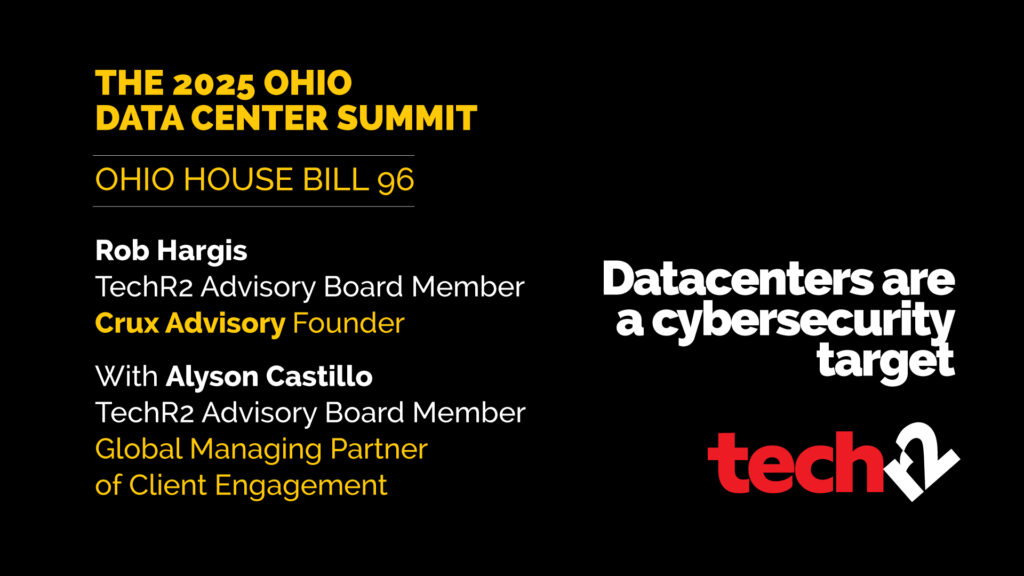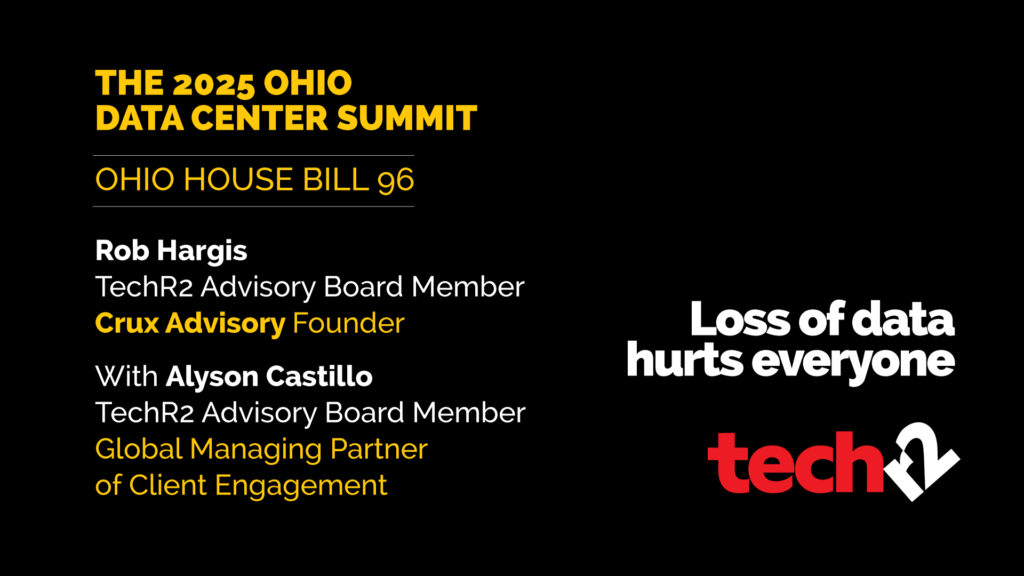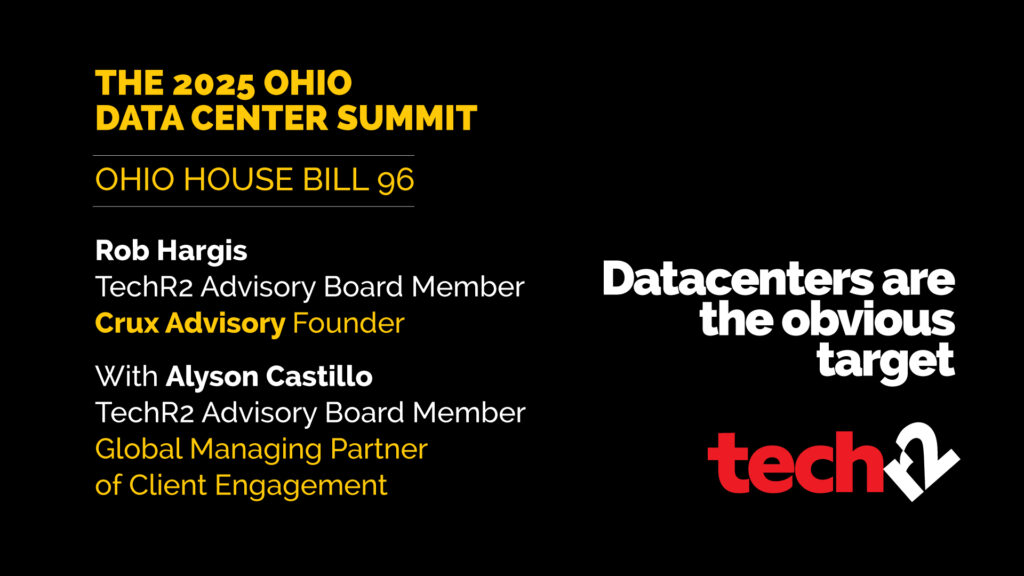One of the most critical aspects of data security is ensuring that data-bearing devices (DBDs) are properly managed and destroyed within the confines of your organization. Allowing DBDs to leave the site can violate federal regulations and expose your organization to significant cyber risks. Compliance with NIST regulations and GDPR requires stringent control over the entire data destruction process.
Why Onsite Data Destruction Matters:
Ensuring that data destruction occurs onsite is crucial for maintaining compliance and minimizing risks. Here’s why:
- Cyber Risk Management Program: All US and EU organizations are required to implement a Cyber Risk Management program. However, research shows that less than 1% of US companies have completed this program. Without a robust risk management program, high-risk operations, including offsite data destruction, are not adequately controlled, leading to potential data breaches.
- Compliance with NIST and GDPR: NIST regulations in the US and GDPR in the EU mandate that data destruction be conducted onsite, within the four walls of the organization. This ensures that the process remains under the control of the contracted organization, minimizing the risk of data leaks. Managers should always opt for the lower cyber risk option, which is onsite destruction.
- Risks of Offsite Data Destruction: Data destruction vendors and recyclers who use large shredders in parking lots or at remote locations compromise data security for their convenience. Transporting DBDs offsite introduces numerous vulnerabilities, including the potential for data loss or theft during transit. Onsite data destruction eliminates these risks by keeping the entire process within a secure environment.
Key Takeaways:
- Implement a comprehensive Cyber Risk Management program to control high-risk operations.
- Ensure data destruction is conducted onsite to comply with NIST and GDPR regulations.
- Avoid using vendors who perform data destruction offsite or in unsecured locations.
Maintaining control over data-bearing devices and ensuring their destruction occurs onsite is essential for compliance and data security. By adhering to NIST and GDPR regulations, organizations can mitigate risks and protect sensitive information. Stay tuned for our next post, where we will explore the different methods of data sanitization and how to choose the right method for your needs.









